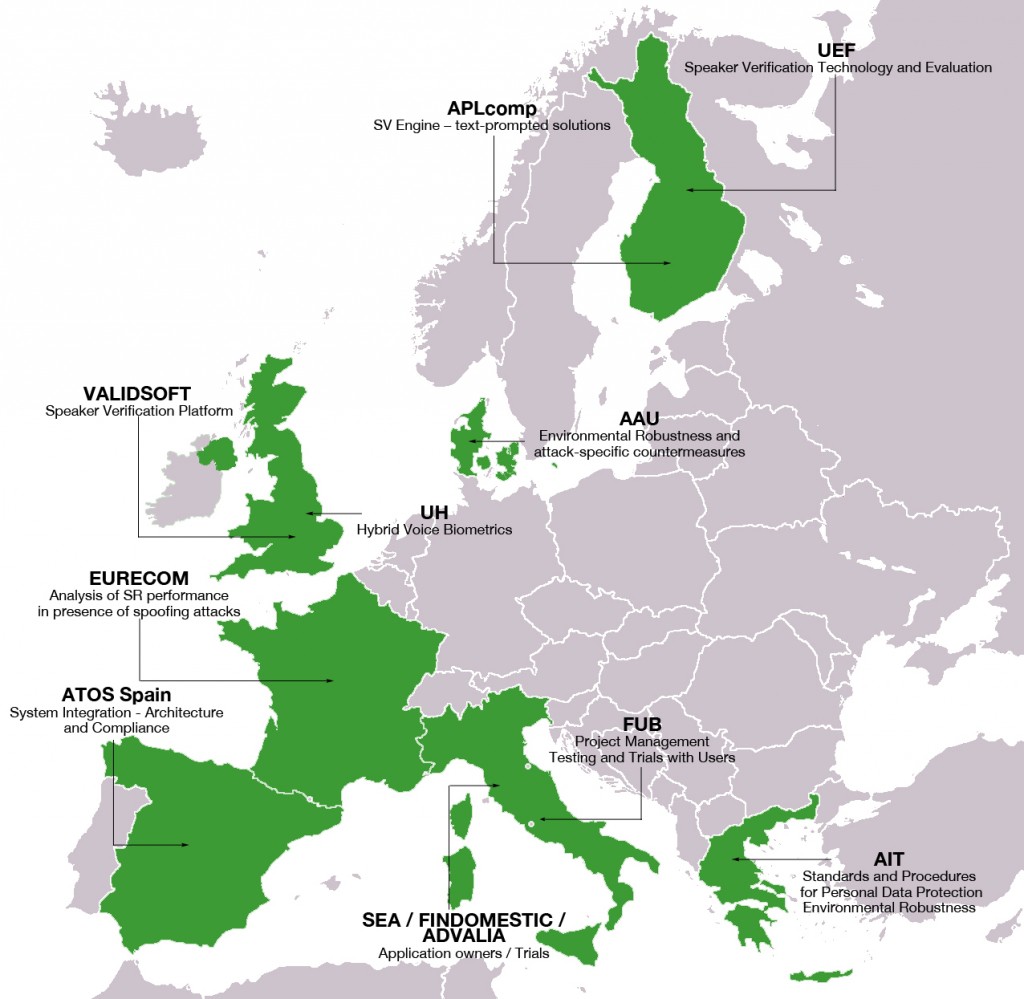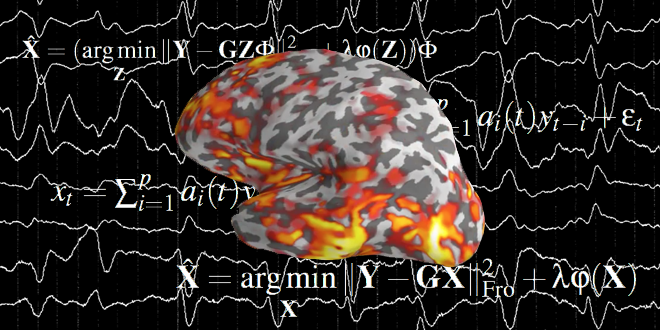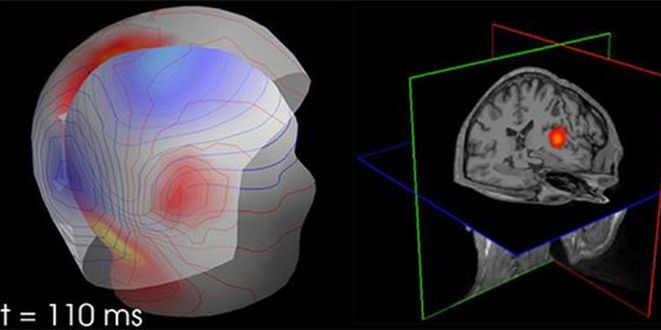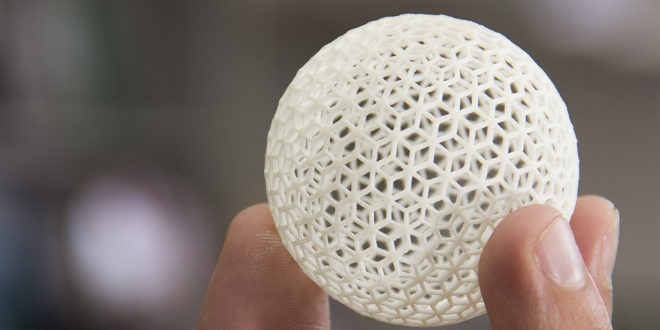What is 5G?
 5G is the future network that will allow us to communicate wirelessly. How will it work? When will it be available for users? With the Mobile World Congress in full swing in Barcelona, we are launching our new “What is…?” series with Frédéric Guilloud, Research Professor at IMT Atlantique, who answers our questions about 5G.
5G is the future network that will allow us to communicate wirelessly. How will it work? When will it be available for users? With the Mobile World Congress in full swing in Barcelona, we are launching our new “What is…?” series with Frédéric Guilloud, Research Professor at IMT Atlantique, who answers our questions about 5G.
What is 5G?
Frédéric Guilloud: 5G is the fifth generation of mobile telephone networks. It will replace 4G (also referred to as LTE, for Long Term Evolution). Designing and deploying a new generation of mobile communication systems takes a lot of time. This explains why, at a time when 4G has only recently become available to the general public, it is already time to think about 5G.
What will it be used for?
FG: Up until now, developing successive generations of mobile telephone networks has always been aimed at increasing network speed. Today, this paradigm is beginning to change: 5G is aimed at accommodating a variety of uses (very dense user environments, man-machine communications, etc.). The specifications for this network will therefore cover a very broad spectrum, especially in terms of network speed, transmission reliability, and time limits.
How will 5G work?
FG: Asking how 5G will work today would be like someone in the 1980s asking how GSM would work. Keep in mind that the standardization work for GSM began in 1982, and the first commercial brand was launched in 1992. Even though developing the 5th generation of mobile communications will not take as long as it did for the 2nd, we are still only in the early stages.
From a technical standpoint, there are many questions to consider. How can we make the different access layers (Wi-Fi, Bluetooth, etc.) compatible? Will 5G be able to handle heterogeneous networks, which do not have the same bandwidths? Will we be able to communicate using this network without disturbing these other networks? How can we increase reliability and reduce transmission times?
Several relevant solutions have already been discussed, particularly in the context of the METIS European project (see box). The use of new bandwidths, with higher frequencies, such as 60-80 GHz bands, is certainly an option. Another solution would be to use the space remaining on the spectrum, surrounding the bandwidths which are already being used (Wi-Fi, Bluetooth, etc.), without interfering with them, by using filters and designing new waveforms.
How will the 5G network be deployed?
FG: The initial development phase for 5G was completed with the end of the projects in the 7th Framework R&D Technological Program (FP7), and particularly through the METIS project in April 2015. The second phase is being facilitated by the H2020 projects, which are aimed at completing the pre-standardization work by 2017-2018. The standardization phase is then expected to last 2-3 years, and 2020 could very well mark the beginning of the 5G industrialization phase.
Find out more about Institut Mines-Télécom and France Brevets’ commitment to 5G
[box type=”shadow” align=”” class=”” width=””]
The METIS European project
The METIS project (Mobile and wireless communications Enablers for the Twenty-twenty Information Society) was one of the flagship projects of the 7th Framework R&D Technological Program (FP7) aimed at supporting the launch of 5G. It was completed in April 2015 and brought together approximately 30, primarily European, industrial and academic partners, including IMT Atlantique. METIS laid the foundations for designing a comprehensive system to respond to the needs of the 5G network by coordinating the wide variety of uses and the different technical solutions that will need to be implemented.
The continuation of the project will be part of the Horizon 2020 framework program. The METIS-II project, coordinated by the 5G-PPP (the public-private partnership that brings together telecommunications operators), is focused on the overall system for 5G. It will integrate contributions from other H2020 projects, such as COHERENT and FANTASTIC-5G, which were launched in July 2015: each of these projects are focused on specific aspects of 5G. The COHERENT project, in which Eurecom is participating (including Navid Nikain), is focused on developing a programmable cellular network. The FANTASTIC-5G project, with the participation of IMT Atlantique, under the leadership of Catherine Douillard, is aimed at studying, over a two-year period, the issues related to the physical layer (signal processing, coding, implementation, waveform, network access protocol, etc.) for frequencies under 6 GHz.
Find out more about the METIS / METIS-II project[/box]








